The contrasts of Afghanistan: the end of the 1920-ies and the present
By Pictolic https://pictolic.com/article/the-contrasts-of-afghanistan-the-end-of-the-1920-ies-and-the-present.htmlManicured gardens, majestic historic buildings and picturesque mountain ranges — these images cover a piece of history of Afghanistan of the late 1920's, untouched by the war. Photographs from the archives of 1928, the French banker and philanthropist albert Kahn collected in contrast with a few contemporary images.
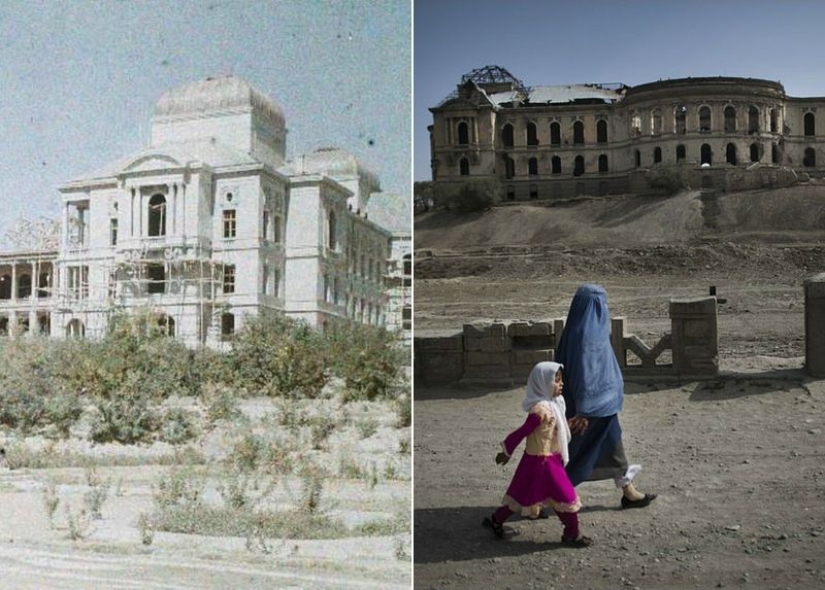
Rare photos taken from the project, initiated by the late French banker and philanthropist albert Kahn. The project has collected an archive of 72,000 photographs from around the world who are now in the Museum of albert Kahn in Paris.
In 1909-1931 years, Kahn sent photographers to more than 50 countries to capture different types and locals. Afghanistan then went Gadmer photographer Frederic (Frédéric Gadmer), which explored the country for several months in 1928, nine years after Afghanistan gained independence from the British.
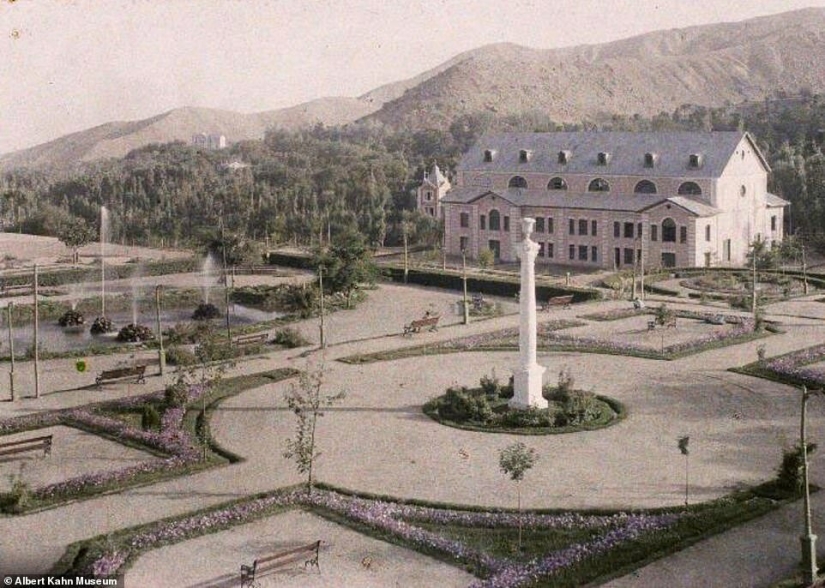
A view of the gardens in the town of Paghman, which was built in the early 1900-ies Amanullah Khan, king of Afghanistan from 1919 to 1929
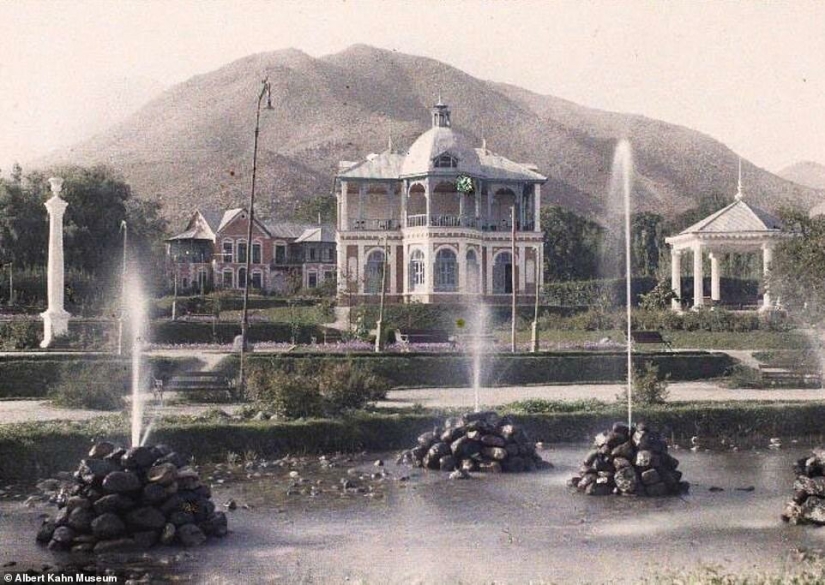
The fountains in the gardens of Paghman, a town in the hills near Kabul
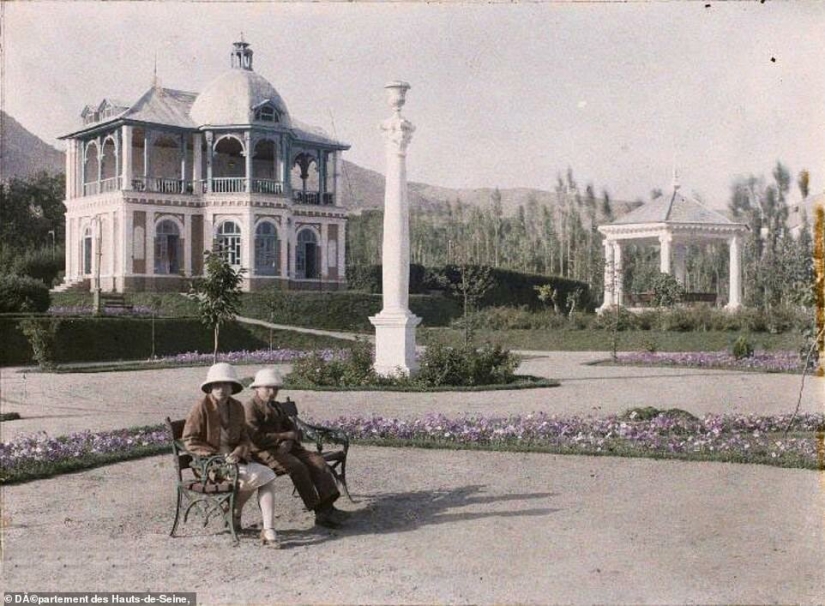
Some outfits and architectural background back to more colonial era
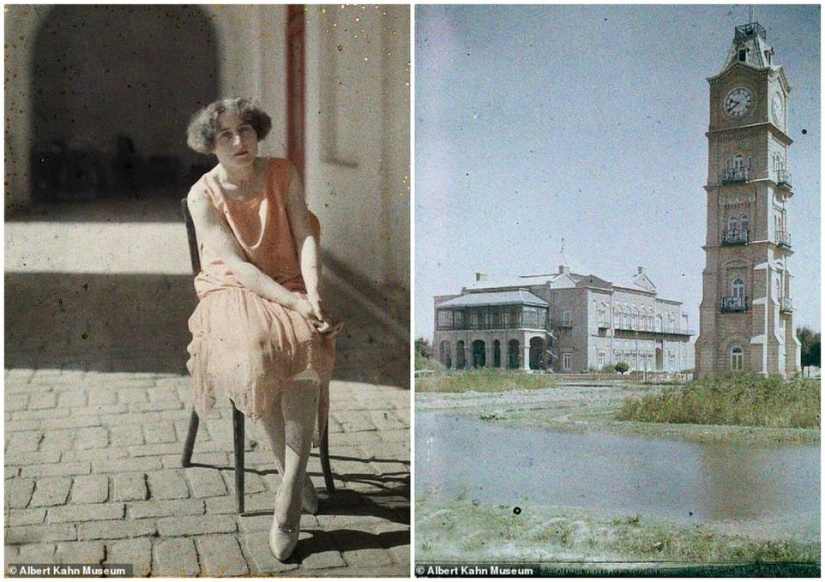
To the left is a European woman, posing for a portrait in Kabul. To the right is the clock tower in a classic style, the same Kabul
Left — spouses Girard, the Directors of the Kabul school of agriculture. To the right is an elegant sculpture in the gardens of Paghman
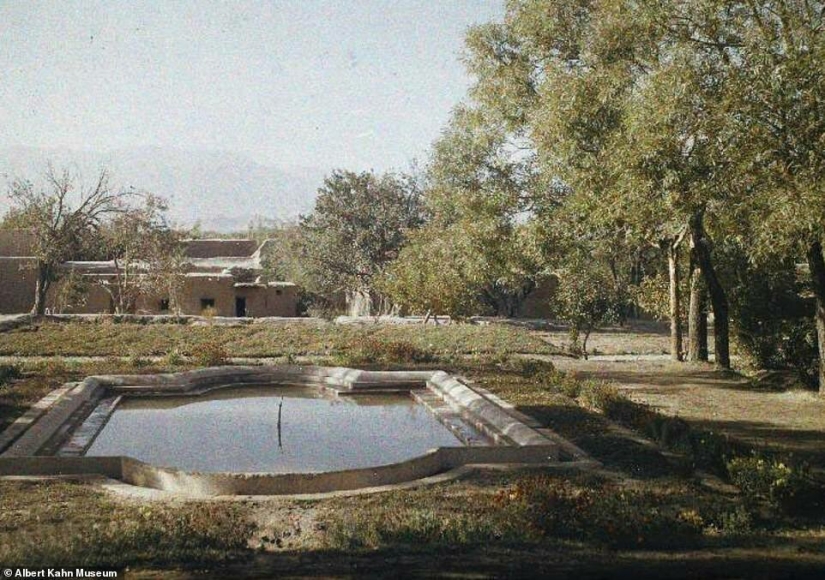
Picturesque pond in one of the gardens, Kabul
In 1992, a former resident of Afghanistan who lost his family and home after eight years of war, returned to Paghman, and in one interview he told the reporter, "new York times":
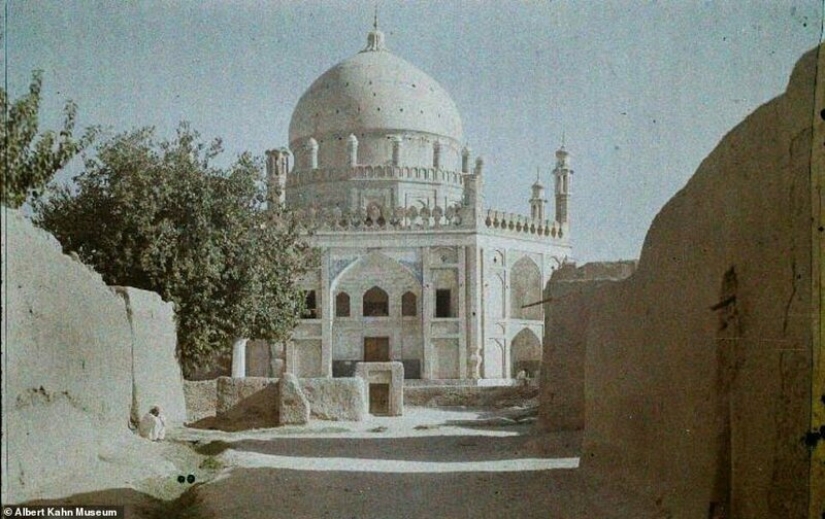
Then and now: the mausoleum of Ahmad Shah Durrani in Kandahar — here is buried the founder of the Afghan state, 1928 year
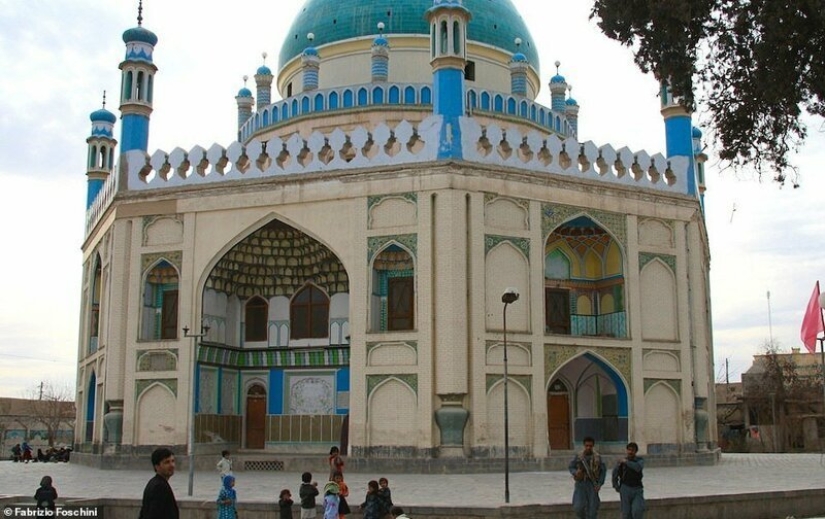
... and the 2014-th year
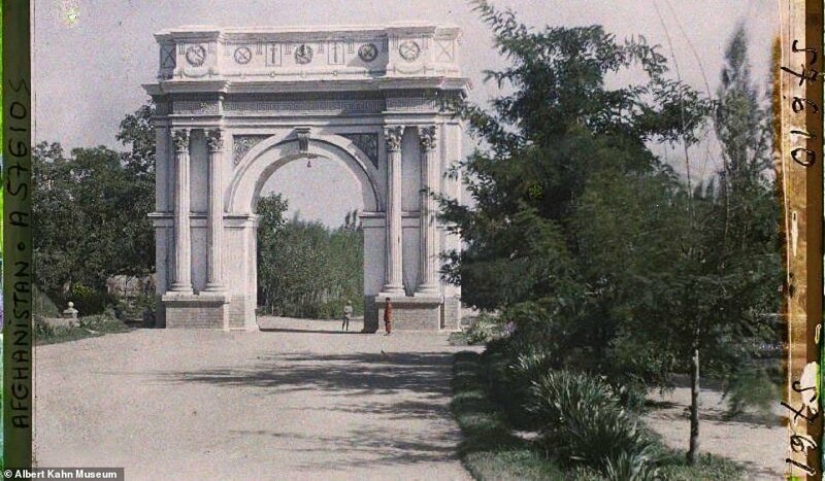
The triumphal arch ("Zafar Takiya") in Paghman, 1928, built in memory of the victims of the war of independence in 1919.
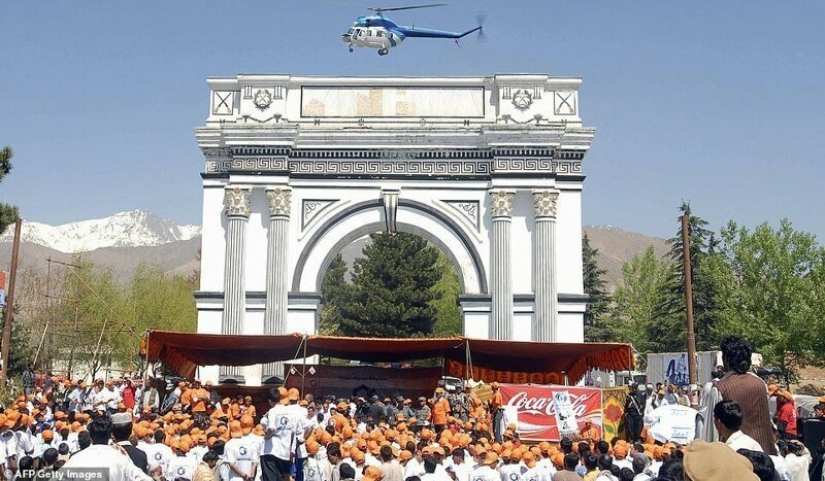
The upper part of the arches was blown up during fighting in the Afghan war of the 1980s years, but restored in 2007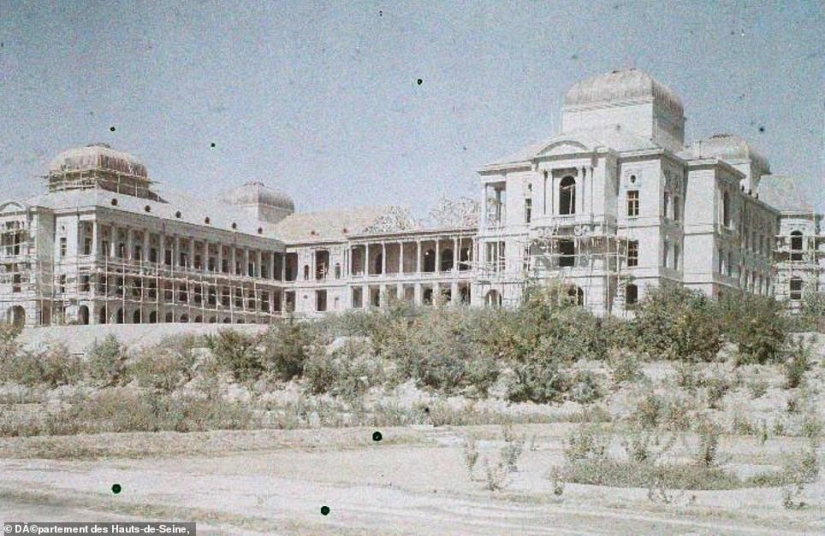
The Palace "Dar-ul-Aman" on the outskirts of Kabul in 1928 and ...
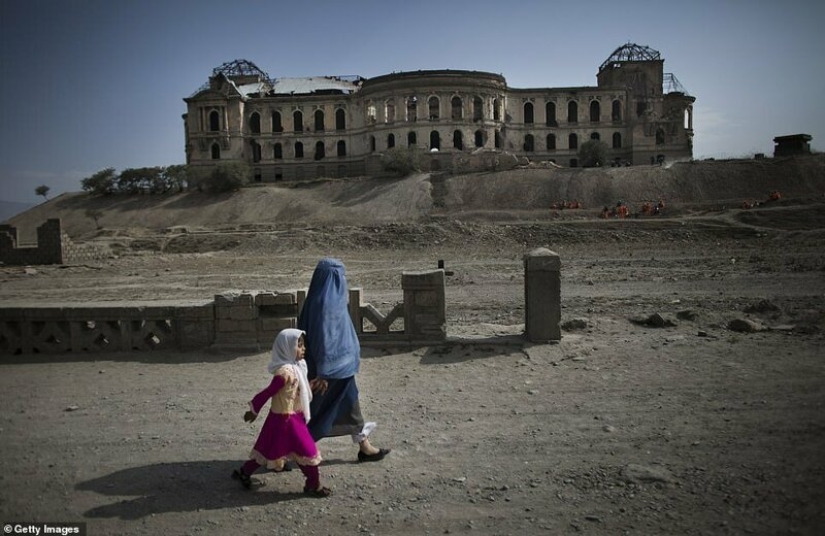
... and in 2011-m to year. The Palace was another project of Amanullah Khan, but after 1929 he was removed from power, the construction came to a halt. The building received considerable damage over the years.
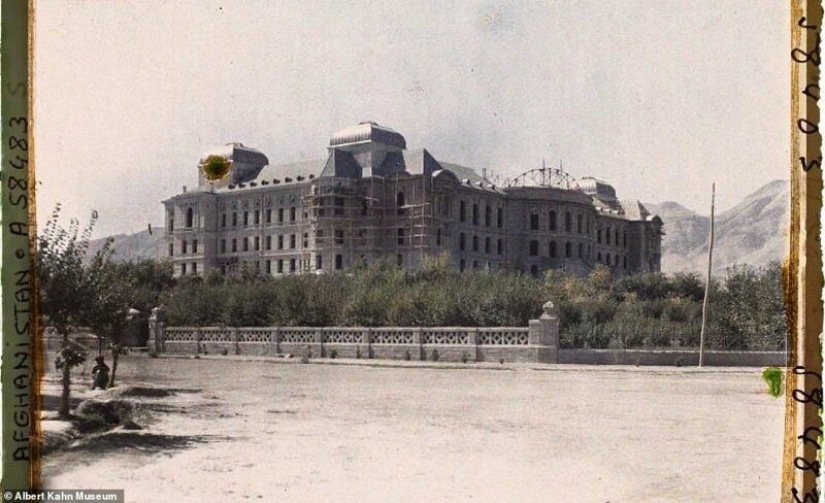
The Palace "Dar-ul-Aman", rear view, 1928...
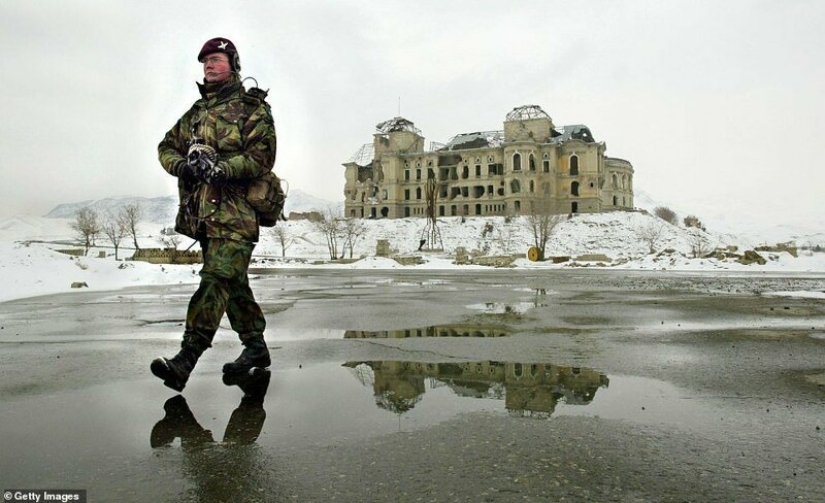
... and 2002. In August 2019, the centenary of the independence of Afghanistan, the Palace plan to restore
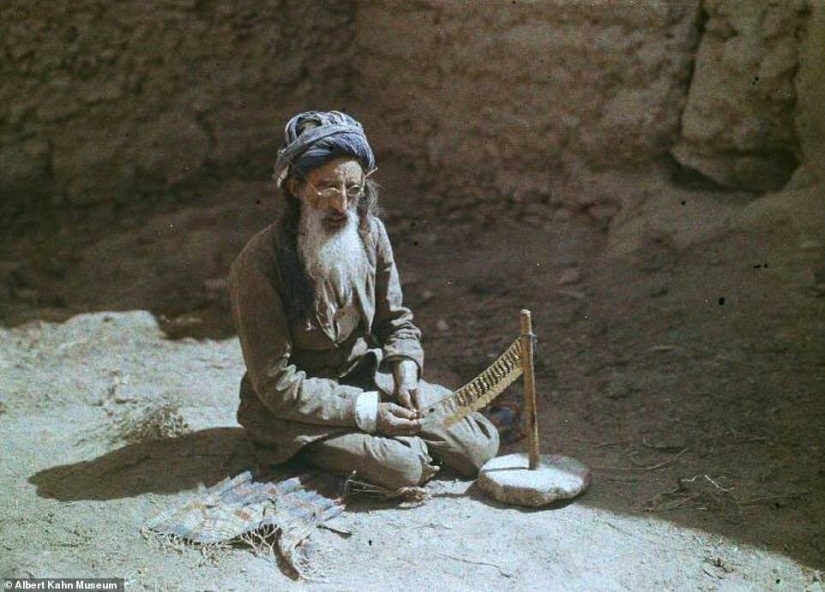
Jeweller at work in Kabul, 1928
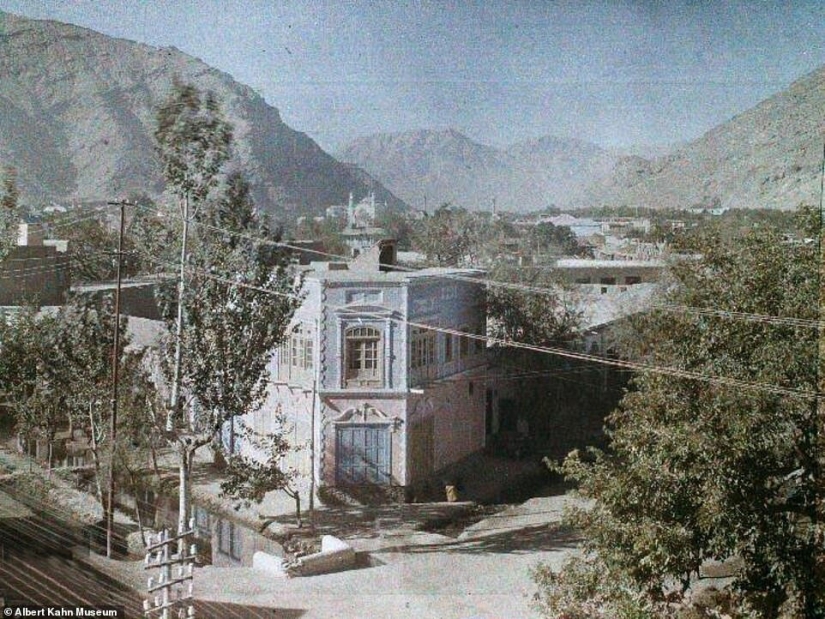
Picturesque views of Kabul, untouched military conflicts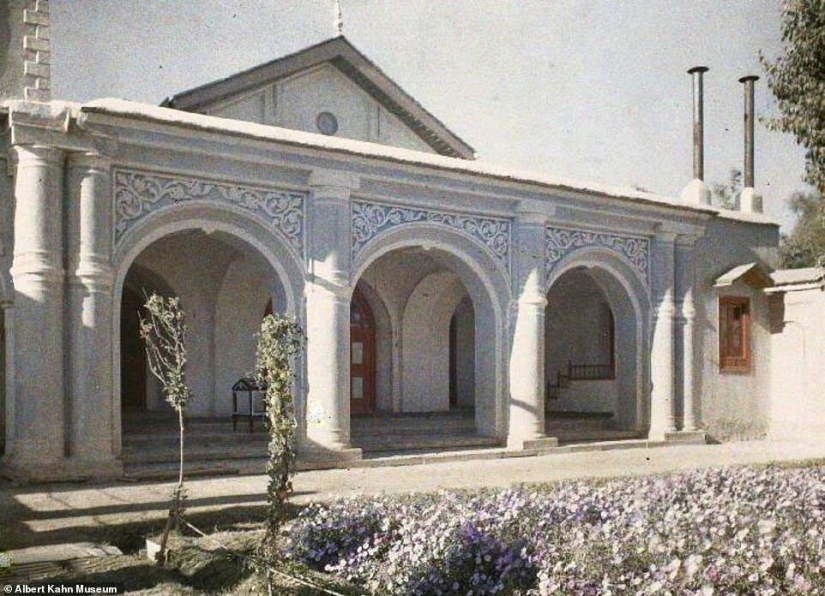
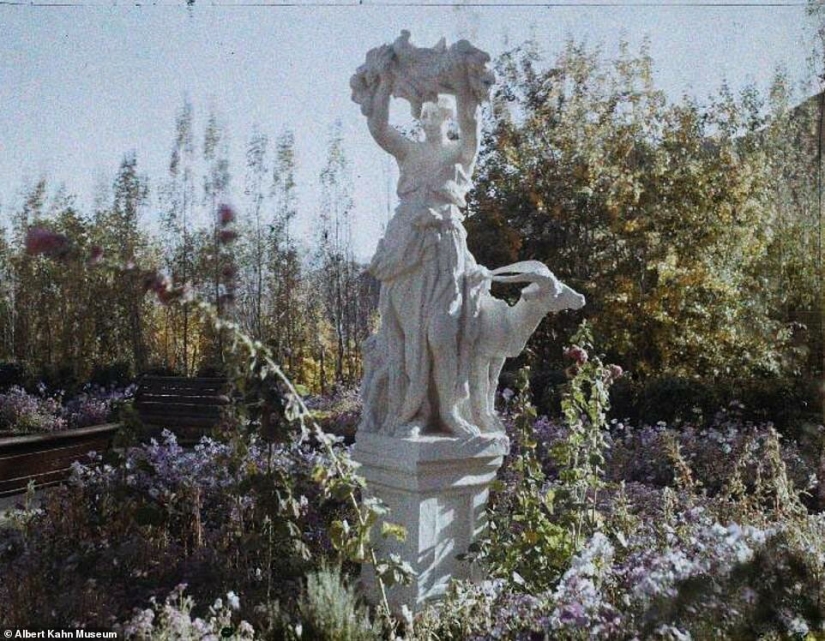
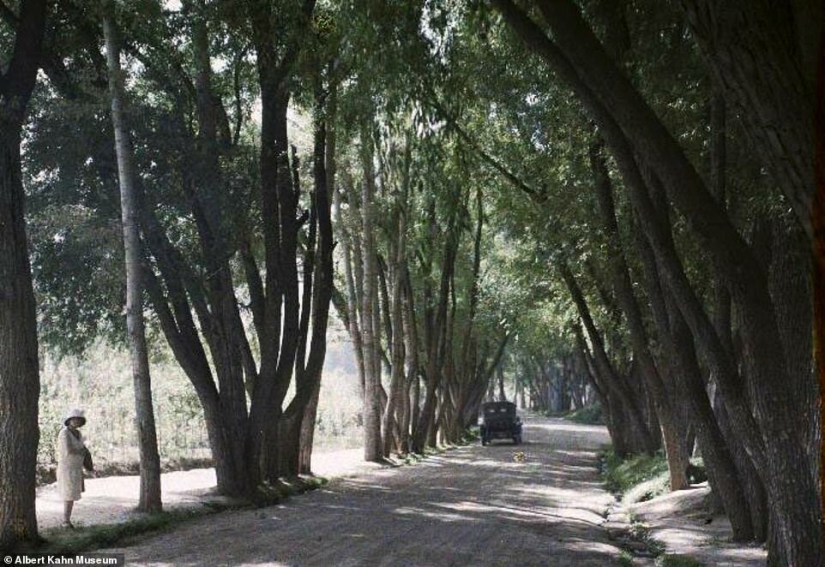

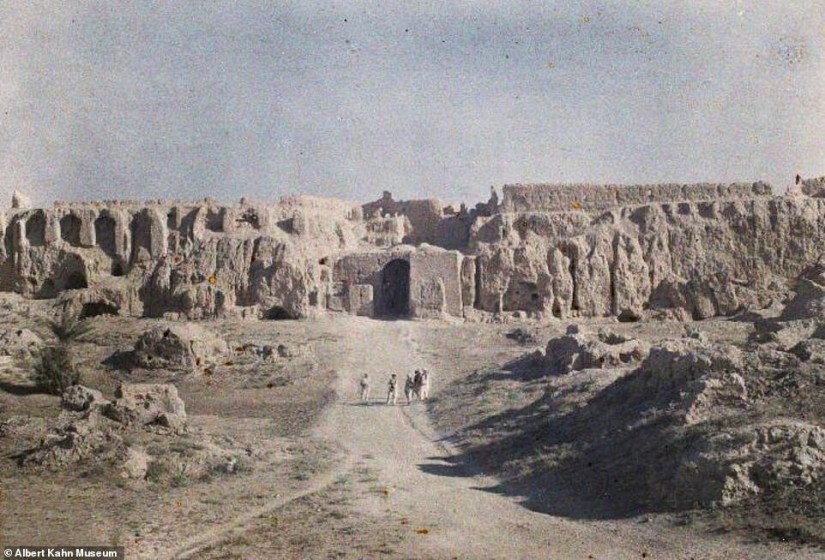
Researchers from the Citadel of Alexander the great (Farah). 2500-year-old design, built by Alexander the great in which once was the Armory of the Mujahideen, miraculously survived during the military conflict and the bombing
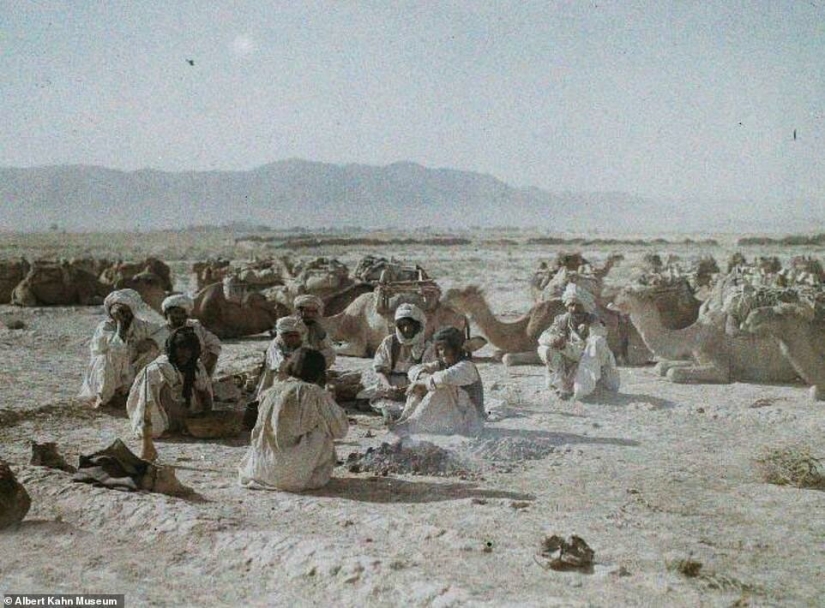
A group of riders on camels resting in the desert in southern Afghanistan
Keywords: 20-e | Afghanistan | Historical photos | Vintage photos | Then and now
Post News ArticleRecent articles

Red caviar is very useful. So we console ourselves by purchasing this expensive food product. But experts say that for their ...

At first glance, sauerkraut is a fairly simple process in which it would seem impossible to make mistakes. I chopped it up, fell ...
Related articles

Surrealism is fascinating mystery their images and symbols. The art of the surreal photos by Franz Fiedler surprises and delights ...

It is a bit surreal to think that while we can’t physically experience history because we’re born in a particular place and ...

Luckily, we live in a time where most diseases can be cured or controlled—to some extent, at least—and life expectancy has gone ...

Dopamine has firmly established its reputation as the “hormone of happiness.” And this is quite true, because dopamine is not ...